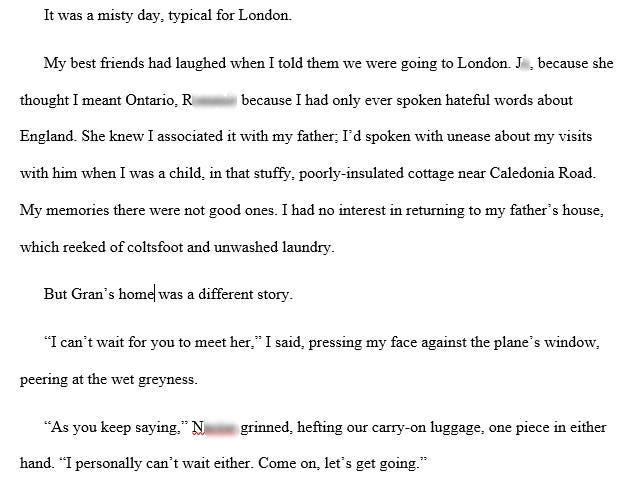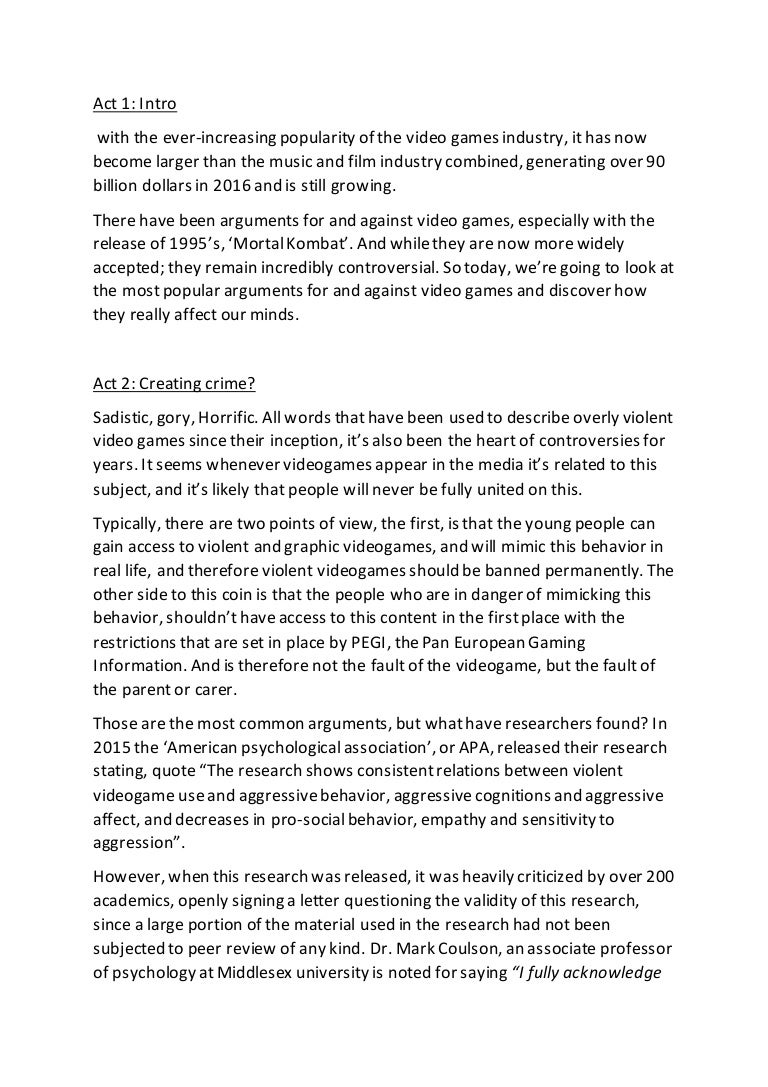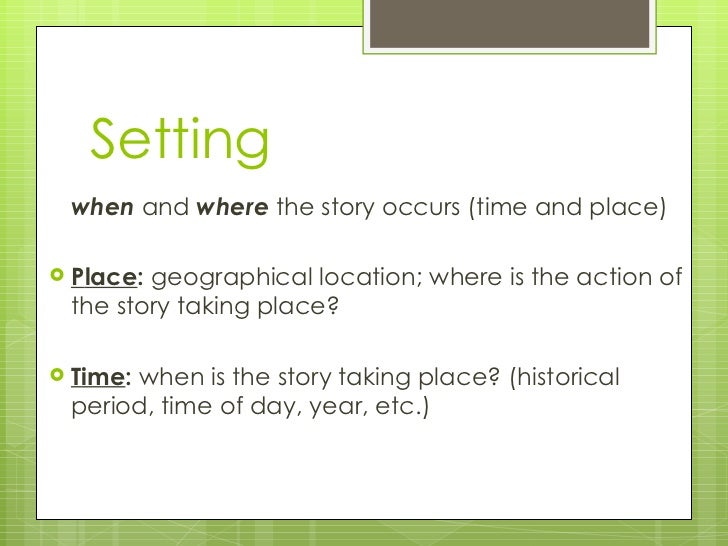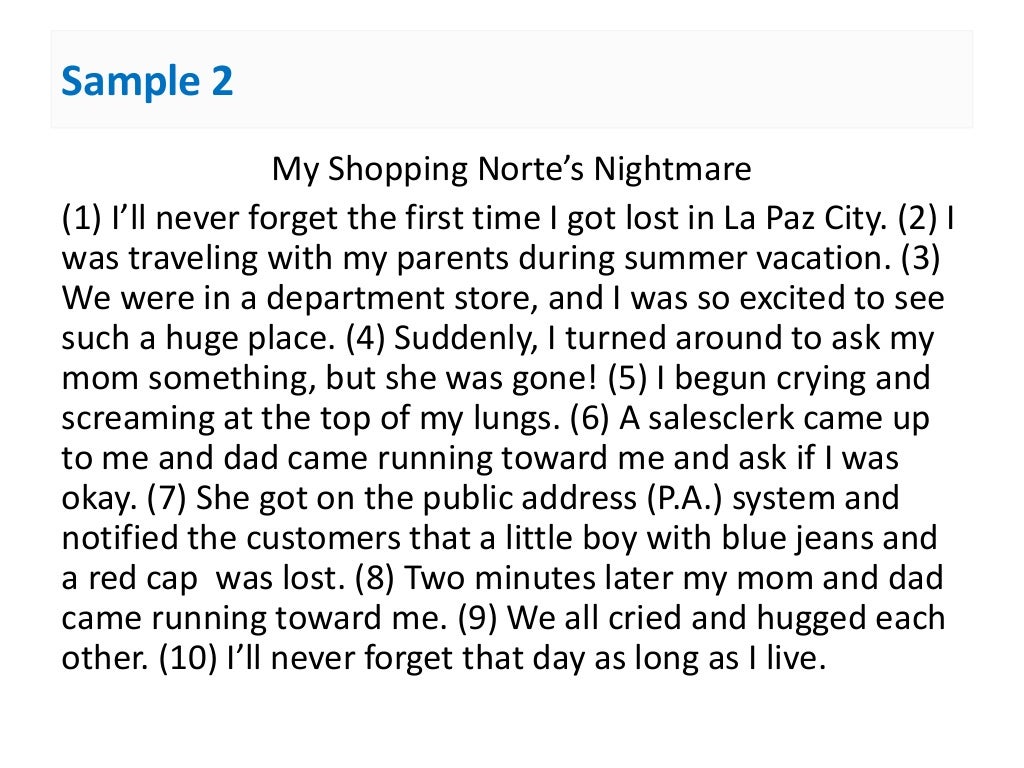
With a limited third-person, we are not allowed to see other events until the narrator does so. With an omniscient third-person, we can see everything before other characters do, which gives us forewarning about other events. Perhaps Rachel had embarrassed Sylvia horribly one day, so the sympathy we feel for Rachel in her perspective may change to sympathy for Sylvia if the point of view was switched.Īdditionally, reading the story from a character in the story versus an external character changes the amount of information a reader has as the story unfolds. Each character will have his or her own perspective, so whoever is telling the story will impact the reader’s opinion of other characters and events.Īs in the example above with Rachel and the red sweater, each point of view could be an entirely different story. Point of view is important in a story because it helps the reader understand characters’ feelings and actions. He/she might see other events happening, but only knows the reasons of one character’s actions in the story.
 Limited Omniscient – The limited omniscient third-person narrator can only see into one character’s mind. This is common with an external character, who is standing above, watching the action below (think of a person with a crystal ball, peering in). He or she sees what each character is doing and can see into each character’s mind. Omniscient – An omniscient narrator sees all, much as an all knowing god of some kind. Limited – In limited third-person, the narrator sees only what’s in front of him/her, a spectator of events as they unfold and unable to read any other character’s mind. This narrator has three possible perspectives. If the narrator is a character in the story, then we are reading what he or she observes as the story unfolds. Third person: With third-person point of view, the narrator is describing what’s seen, but as a spectator. We see second-person point of view mostly in poems, speeches, instructional writing, and persuasive articles. This isn’t very common in fiction, unless the narrator is trying to talk to the reader personally. Second person: In second person, the narrator is speaking to YOU. Why does Sylvia say it belongs to Rachel? Is she jealous of Rachel for some reason? Each character will have a slightly different story from his or her perspective.įirst person: The example above with little Rachel is told in the first-person point of view, meaning that we are seeing events through the eyes of the character telling the story. What is the teacher thinking as she tries to get rid of this ugly red sweater in her classroom? Maybe it reminds her of her demanding mother! How does the sweater feel being tossed and pushed around, unwanted and unloved? Maybe some sweet old lady had knitted it with love for a granddaughter who now has rejected it. Price put the red sweater on my desk” (Cisneros).Ī fun activity is to rewrite the story from each character’s point of view. Today I wish I was one hundred and two instead of eleven because if I was one hundred and two I’d have known what to say when Mrs. “Only today I wish I didn’t have only eleven years rattling inside me like pennies in a tin Band-Aid box. Throughout the story, she speaks in the first-person point of view, sharing her thoughts as events unfold.
Limited Omniscient – The limited omniscient third-person narrator can only see into one character’s mind. This is common with an external character, who is standing above, watching the action below (think of a person with a crystal ball, peering in). He or she sees what each character is doing and can see into each character’s mind. Omniscient – An omniscient narrator sees all, much as an all knowing god of some kind. Limited – In limited third-person, the narrator sees only what’s in front of him/her, a spectator of events as they unfold and unable to read any other character’s mind. This narrator has three possible perspectives. If the narrator is a character in the story, then we are reading what he or she observes as the story unfolds. Third person: With third-person point of view, the narrator is describing what’s seen, but as a spectator. We see second-person point of view mostly in poems, speeches, instructional writing, and persuasive articles. This isn’t very common in fiction, unless the narrator is trying to talk to the reader personally. Second person: In second person, the narrator is speaking to YOU. Why does Sylvia say it belongs to Rachel? Is she jealous of Rachel for some reason? Each character will have a slightly different story from his or her perspective.įirst person: The example above with little Rachel is told in the first-person point of view, meaning that we are seeing events through the eyes of the character telling the story. What is the teacher thinking as she tries to get rid of this ugly red sweater in her classroom? Maybe it reminds her of her demanding mother! How does the sweater feel being tossed and pushed around, unwanted and unloved? Maybe some sweet old lady had knitted it with love for a granddaughter who now has rejected it. Price put the red sweater on my desk” (Cisneros).Ī fun activity is to rewrite the story from each character’s point of view. Today I wish I was one hundred and two instead of eleven because if I was one hundred and two I’d have known what to say when Mrs. “Only today I wish I didn’t have only eleven years rattling inside me like pennies in a tin Band-Aid box. Throughout the story, she speaks in the first-person point of view, sharing her thoughts as events unfold. 
The story takes place at school during her birthday and is about her humiliation of receiving an old sweater. Sandra Cisneros wrote a story called “Eleven.” The point of view is the perspective of 11-year-old Rachel.

The narrator should not be confused with the author, who is the writer of the story and whose opinions may not be those written into the narrative. Many stories have the protagonist telling the story, while in others, the narrator may be another character or an outside viewer, a narrator who is not in the story at all. This viewpoint will give the narrator a partial or whole view of events as they happen. Depending on who the narrator is, he/she will be standing at one point and seeing the action. The author chooses “who” is to tell the story by determining the point of view.

Point of view (POV) is what the character or narrator telling the story can see (his or her perspective).








 0 kommentar(er)
0 kommentar(er)
